Holy Roman Empire - Tumblr Posts
Speaking of the hunt, I would love to share one more Schwarzenberg-related story before I go on a small break, tied to the New Year celebrations which are incredibly festive in Russia. :)
This time it will be about grand-grand-parents of field marshal Schwarzenberg: Adam Franz zu Schwarzenberg (1680 - 1732) and Eleonore von Schwarzenberg (nee Lobkowicz) (1682 - 1741). Next to Eleonore you can see a little boy: that’s actually Karl’s grand-father Joseph I zu Schwarzenberg (in whose honour his elder brother was named) (1722 - 1782).
Since I promised to speak more about one particular topic, you can already guess: field marshal’s grand-grand-parents were incredibly passionate hunters (I guess, it actually ran in Karl’s blood)! In the paintings presented below you can see Eleonore in her illustrious attire holding a hunting rifle while her husband Adam wears the ceremonial robes of the Order of the Golden Fleece. 🎖

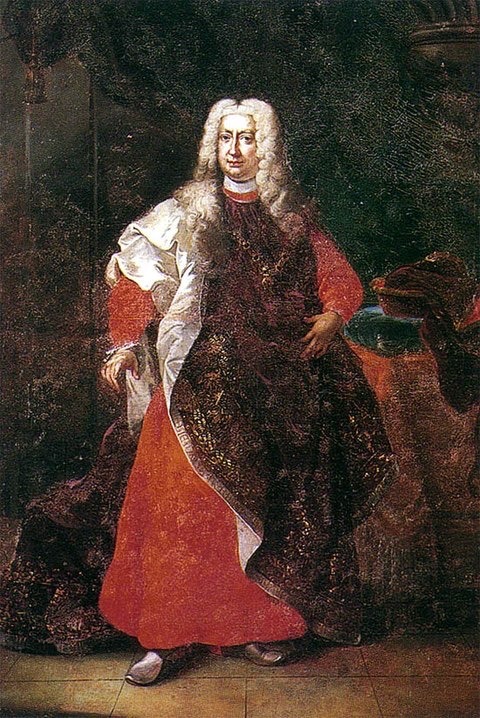
They were so passionate actually that prince Adam himself once hunted a deer with such immense antlers that his record was clogged in the 21st century only! Also those deer antlers have been preserved to this day in a very curious form: they are actually presented on the back side of the facade of Palais Schwarzenberg in Prague.
That’s extremely original, in my opinion! 🦌



Unfortunately, the hunt became the main reason of prince Adam’s death as well: he was shot dead in 1732… by the emperor of Holy Roman Empire, Charles VI. There he is, the man, the legend *aggressive yelling*!
(Was it some kind of a special entertainment for some emperors in the past, I wonder? Can you say something about that, emperor Napoleon? :/)

During that disastrous hunt, they happened to track down the exact same animal and were accidentally placed on the opposite sides of a field. When a deer jumped out of the bushes, emperor took a shot and hit prince in the stomach. Emperor’s physician tried to save his life but it didn’t work out. After 12 hours of agony prince Adam passed away... 😔
Feeling somewhat guilty, the emperor made his 10-year-old son a knight of the Order of the Golden Fleece as well. He grew to become one of empress Maria Theresa’s councillors and earned the rank of imperial prince for his House.
But the main question remains: does the life of a devoted nobleman equal to the most prestigious order in the Empire only…
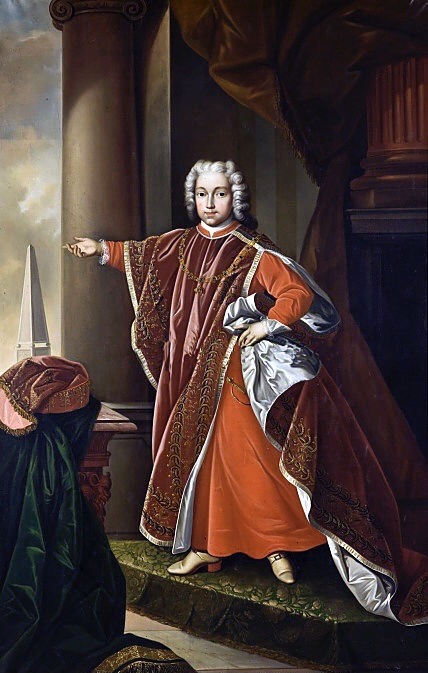
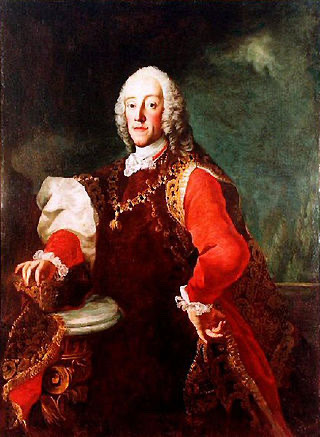
(As a small finishing touch I bring you today the portrait of Johann I zu Schwarzenberg, prince Joseph’s son and field marshal Karl’s father 🤲🇦🇹)
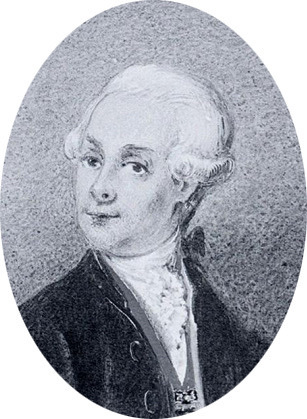
How to capture an Austrian Major General
Heinrich Zschokke, educator and writer, was a native of Magdeburg, Prussia, but moved to Switzerland, where he became a citizen and joined the pro-French faction. He accompanied General Loison on part of the 1799 campaign (and was no great fan of his either, though he concedes he was educated and “not without benevolence”, but unfortunately “completely savaged by war”). This anecdote, however, is not about Loison at all, but about the capture of a high Austrian officer. There is an English edition of Zschokke’s autobiography here; I have translated the passage from the German version.
A few weeks later [according to a footnote: 29 July (1799)], the Austrian Major General Bey tried to advance over the mountains from Uri to Unterwalden. It was a rainy day. The enemy was repulsed in the Seelisberg Alps, with the loss of 800 prisoners. Among the prisoners was Count Bey himself. An aide-de-camp of General Loison, Captain Badin, led the engagement against him. Loison meanwhile played trictrac with me at Stans until he had news of the victory. Then he mounted a horse and hurried after his troops.
During his absence, French officers led to me a man who, with an old peasant’s hat on his head, wearing an Austrian uniform, covered with dirt from top to bottom, freezing and cold from the rain, was shivering in all his limbs. It was Major General Bey. After I had provided him as well as possible with linen, clothes and refreshments from my own wardrobe, he told me in what a curious, almost ridiculous way he had fallen into captivity. In order to better survey the movements of the troops, he had climbed a hill; but at the top, on wet, slippery ground, losing his balance, he had fallen; from the other side of the hill he had rolled down until he lay at the feet of a French drummer and a soldier who were engaged in idle conversation. They had pulled him up politely, taken his sword and money from him in the most obliging manner, but not the watch he had offered, and then handed him over to Captain Badin. Such is the fortune of war. Loison reaped the glory of the day playing trictrac; Capitaine Badin remained Capitaine Badin.
»Ah, mon général, what a terrible fall! Here, take my hand, let me help you up. Pleased to meet you. Are you sure you’re not hurt? Let me just take that sword from you … oh, and that wallet, it looks awfully heavy, you really shouldn’t carry around too much weight in your weakened condition … the watch? Oh, no, thanks, please keep it, I already have five of those.«
Napoleonic soldiers, the cutest jerks of European warfare.













the children of Maria Theresa of Austria and Francis I, Holy Roman Emperor

Maria Theresa’s contemporaries already praised (...) her “manliness of soul,” her virilità d’anima. Some even called her a “Grand-Homme”; “in the attractive body of a queen” she was “fully a king, in the most glorious, all-encompassing sense of the word.” Later historians reprised the theme, describing her as a “man filled with insight and vigor.” That a masculine soul could reside in a female body had long been a commonplace, albeit one used less to elevate women than to cast shame on men. Praising a woman for her manly bravery or resolution, her masculine courage or spirit, served above all as an indirect criticism of men (…) When a woman is said to be the better man, this casts a devastating judgment on all her male peers. The key point is that calling an exceptional woman like Maria Theresa a “real man” consolidates the sexual hierarchy rather than calling it into question. Such praise assumes that masculinity is a compliment and that the male sex is and remains superior.
For the eighteenth century, a period when the dynastic principle still largely held sway throughout Europe, there was nothing especially unusual about a female head of state. While a woman on the throne was perceived even then as less desirable, she was not yet a contradiction; the spheres of the public and the private, politics and the family were not yet categorically distinct. Maria Theresa’s contemporaries already found it remarkable that a representative of the lesser sex could wield such power. But they did not regard her rule as entirely anomalous: she was “a woman, and a mother to her country, just as a prince can be a man and father to his country.” Her rule proved that “the greatest of all the arts, that of governing kingdoms, is not beyond the soul of a lady.” What was extraordinary, in the eighteenth-century context, was less the fact that a woman held the scepter of power than that a monarch, whether male or female, took the task of government so seriously. Princes came in many forms—patrons of the arts, skirt-chasers, war heroes, family fathers, scholars, philosophers—and each prince could shape his everyday life as he saw fit. Very few approached the task of rule with the single-minded dedication of a Maria Theresa. She met the criteria of a conscientious ruler to a remarkable degree, far more than most other sovereigns of the time.
Stollberg-Rilinger, Barbara (2020). Maria Theresa: The Habsburg Empress in her Time (translation by Robert Savage)

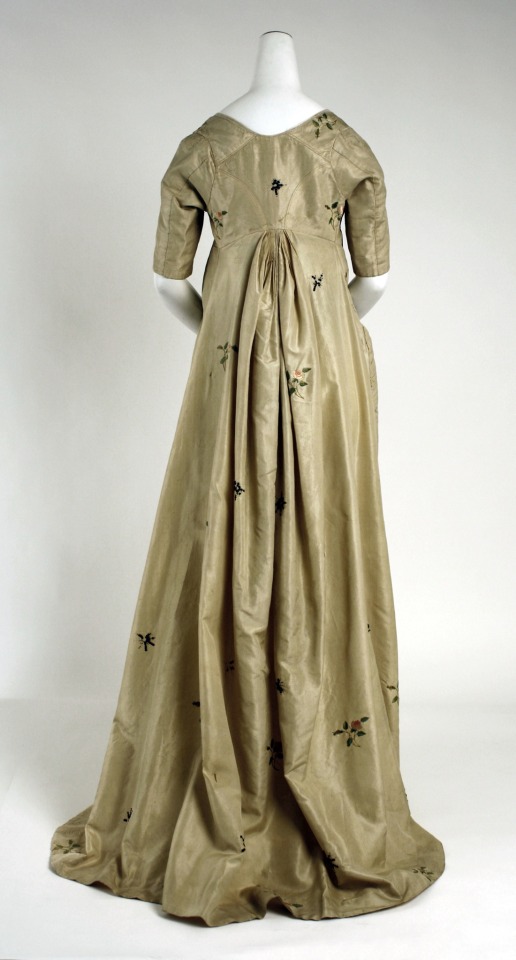
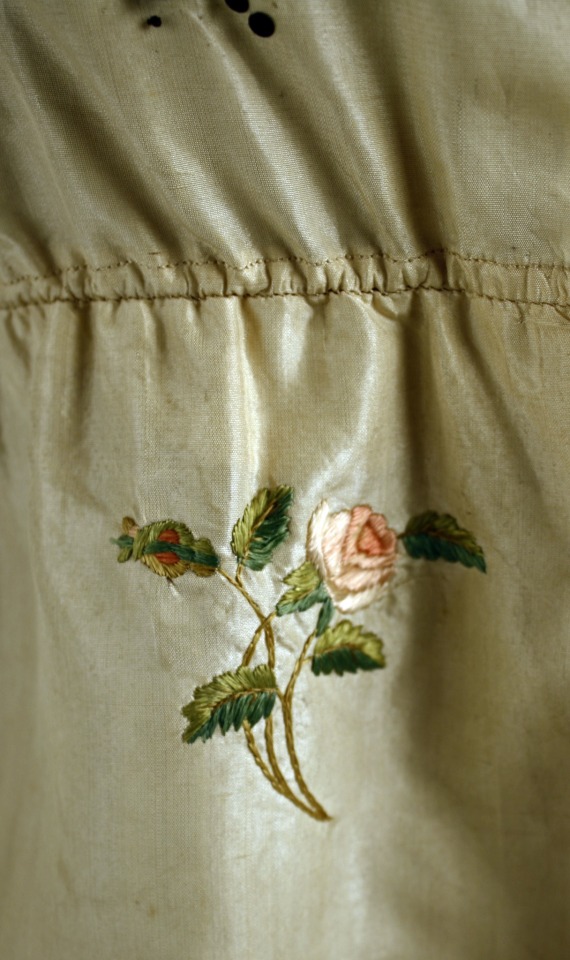
Silk empire style dress with embroidered roses
circa 1800, Napoleonic era
Austrian
Source: The Met
History memes #30

Does the HRE count as an inheritor of Rome? Discuss
I found out that Christopher Lee is a direct descendant of Charlemagne, so now all I want is chibitalia Holy Roman Empire drawn with Count Dooku's face
Ribloggo il post di @memories-of-ancients che seguo ed adoro: oggi ci propone questa croce imperiale risalente al Sacro Romano Impero, datata circa 1024-1025 con aggiunte costruite nel 1325 (forse il piedistallo?) Adoro l'arte bizantina e soprattutto i manufatti con molte, moltissime pietre preziose! Sono pur sempre maestro d'arte orafa come formazione

Imperial Cross of the Holy Roman Empire, introduced in 1024-1025 with additions made in 1325.
from The Kunsthistorisches Museum, Vienna
Okay, so I have this theory that the reason Italy loves making special food and treats for Germany so much is because, when Holy Roman Empire was leaving him, Italy said “I’ll miss you! I’ll be waiting! I’ll make you lots of treats for when you get back!”

The imperial crown of the Holy Roman Empire (c.962) used from the late 10th century until the dissolution of the empire in 1806. It is now kept in the Imperial Treasury (Kaiserliche Schatzkammer) at the Hofburg Palace in Vienna, Austria.

Portrait of Heinrich XIII, Prince Reuss of Greiz (1775) by Anton Graff. Neue Pinakothek.
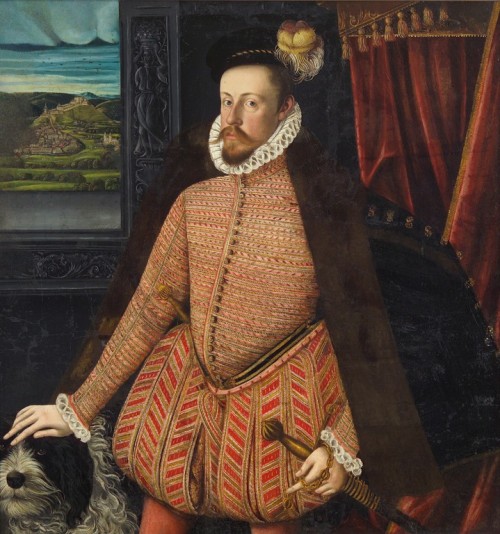
Portrait of Charles II, Archduke of Austria (1569) by unknown author. Kunsthistorisches Museum.

Portrait of Charles II, Archduke of Austria, Duke of Styria (c. 1608) by Bartolomé González y Serrano. Museo Nacional del Prado.

Portrait of astronomer William Herschel (1785) by Lemuel Francis Abbott. National Portrait Gallery.

Schwerin Castle on its island at Lake Schwerin. https://commons.wikimedia.org/wiki/User:WorldKnowledge0815

